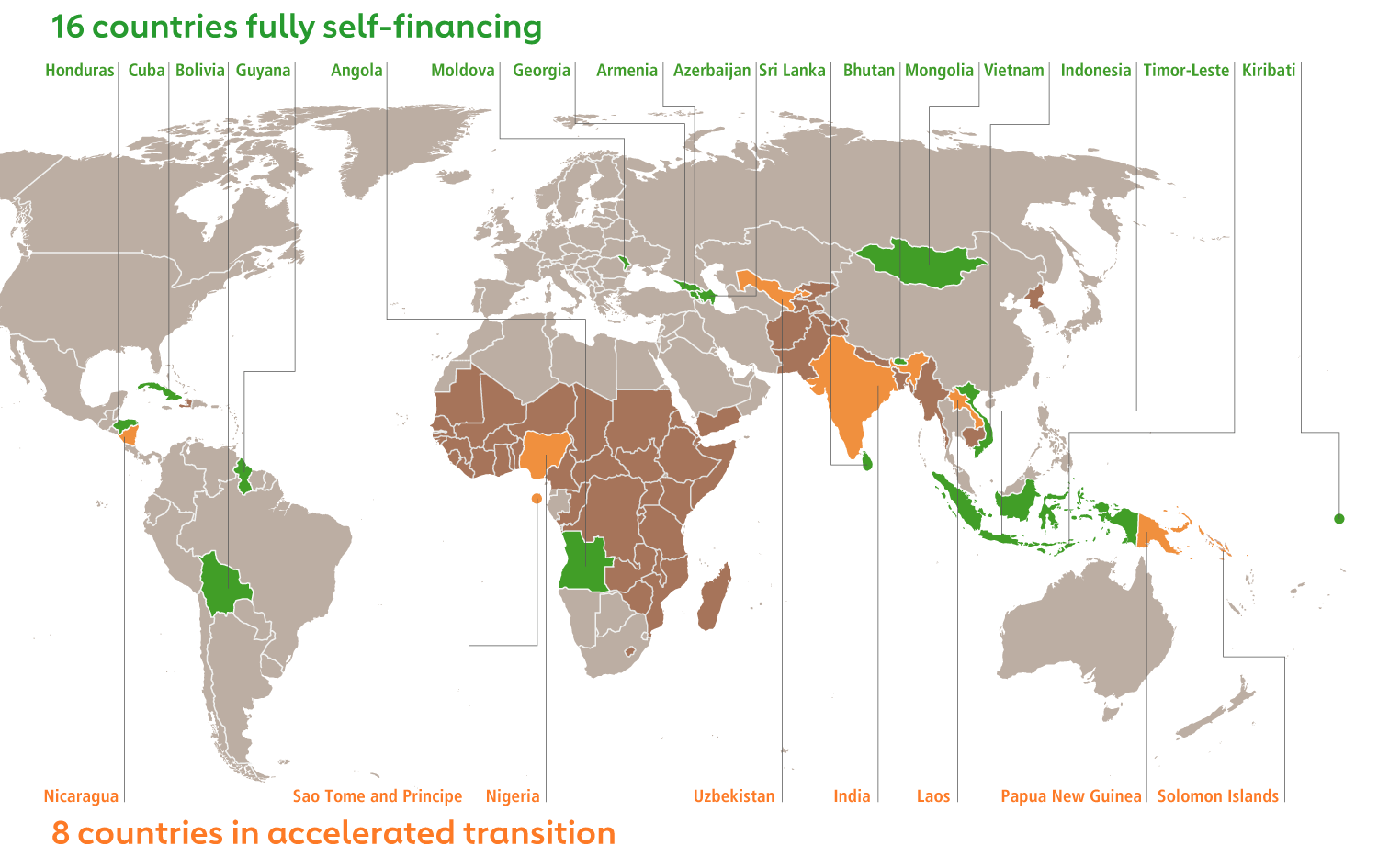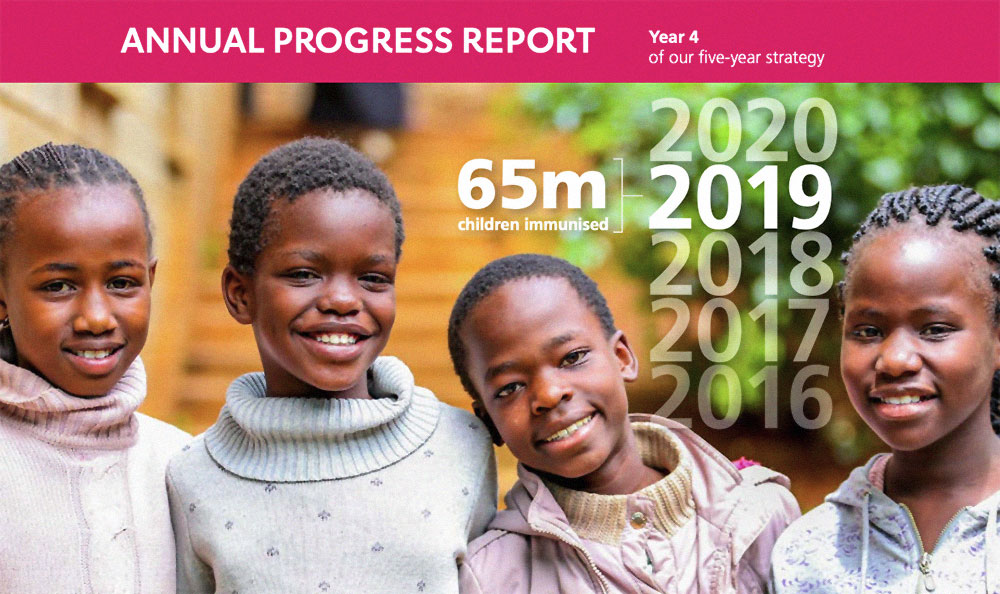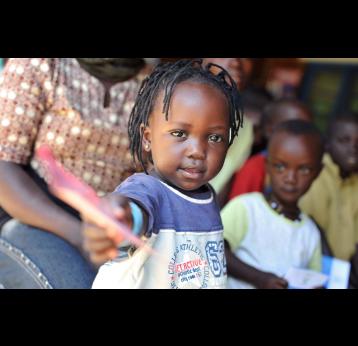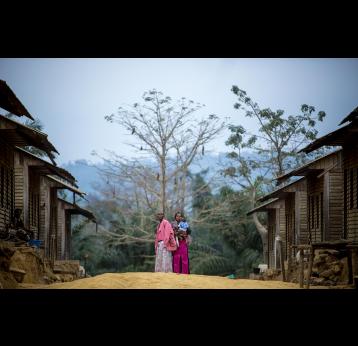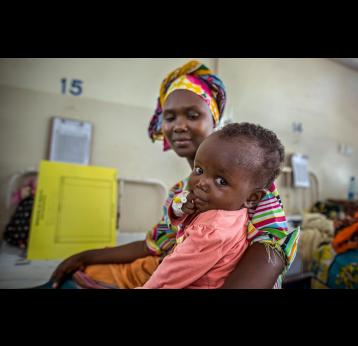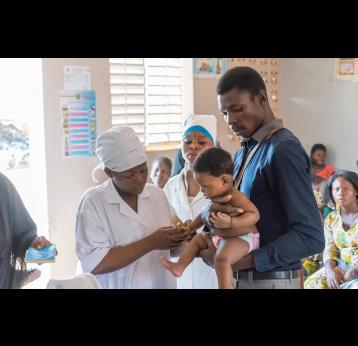How Gavi’s co-financing model works
To bring countries on a trajectory towards financial sustainability, and to empower them to take ownership
of their vaccination programmes, Gavi has pioneered an approach to co-financing and transition.
- 1 October 2020
- 2 min read
- by Gavi Staff

Countries share the costs of the vaccine programmes by directly co-procuring a portion of the vaccines and safe injection devices from a supplier or procurement agency to fulfil their co-financing requirements.
As a country’s gross national income (GNI) per capita increases, so the level of its co-financing payments also rises. Countries are grouped under different categories according to their level of GNI per capita as a proxy of their ability to pay.
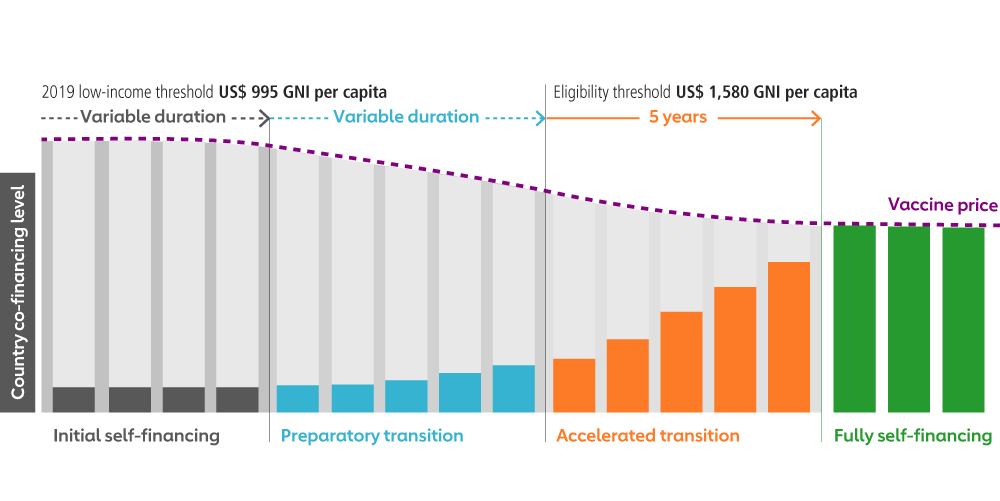
Initial self-financing
Low-income countries (GNI per capita below US$ 995 in 2019) are classified as “initial selffinancing.”
Preparatory transition
As their income per capita increases, they enter a “preparatory transition” phase.
Accelerated transition
Countries then enter five years of “accelerated transition” once they cross the Gavi eligibility threshold (US$ 1,580 per capita in 2019).
Fully self-financing
At the end of five years, they become fully self-financing. Currently, there are 16 such countries.
Countries fully self-financing their immunisation programmes
By the end of 2019, 16 countries had transitioned to fully self-financing. All of them are successfully maintaining and self-financing their immunisation programmes. As a growing number of countries transition from Gavi support, we are helping them lay the foundation to continue sustainably financing and managing their vaccination programmes. We work to support institutional capacity development, and strengthening health and immunisation systems, so that countries are able to maintain high levels of immunisation after they have completed the transition to self-funding.
Read more about how Gavi has accelerated equitable uptake and coverage of vaccines in Gavi’s 2019 Annual Progress Report.
Learn more about Gavi
More from Gavi Staff
Recommended for you




